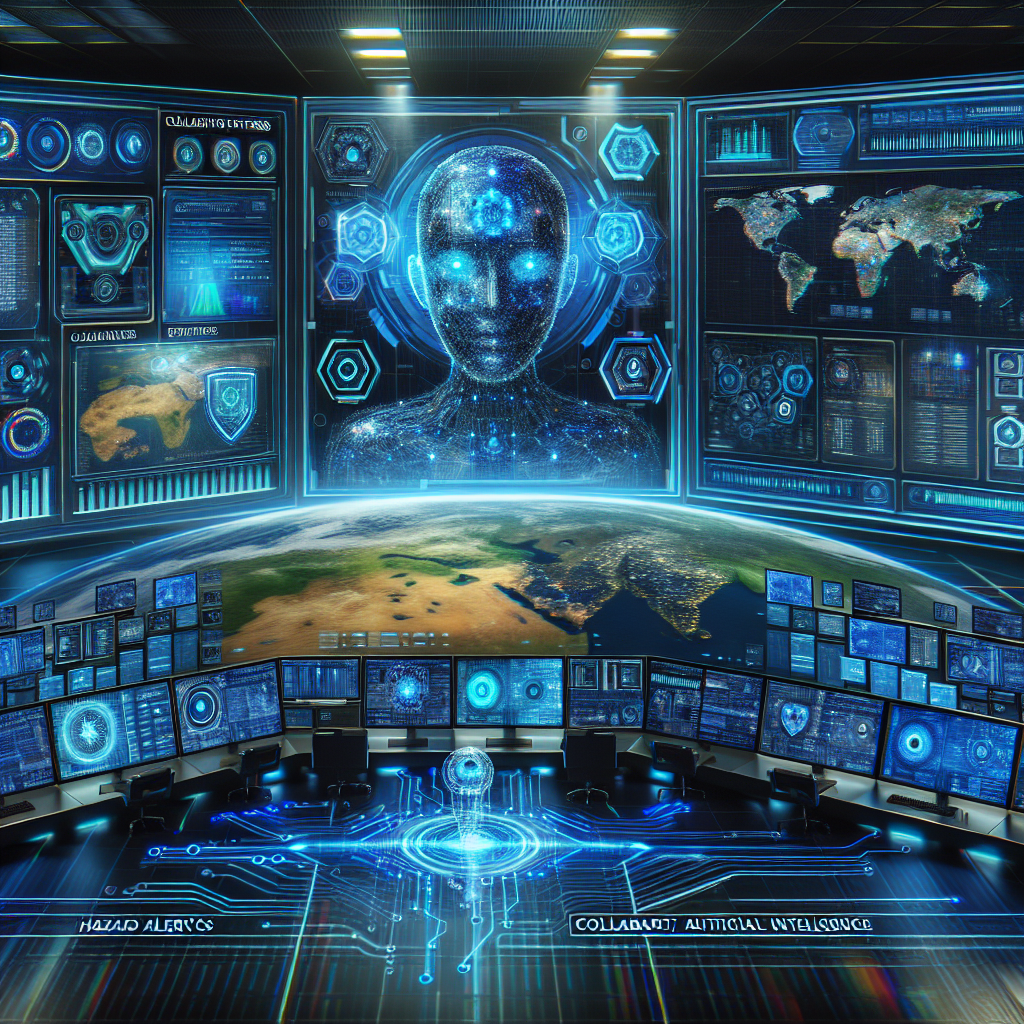Exploring Cybersecurity in the Cloud Era with AI and India’s Progress
CyberSecurity
Exploring Cybersecurity in the Cloud Era with AI and India’s Progress
In the ever-evolving digital landscape, the rise of cloud technology has revolutionized how businesses operate. However, alongside its myriad benefits, it has brought forth significant cybersecurity challenges. With insights from Tony Anscombe, a leading figure in cybersecurity, this article delves into the current state of cybersecurity in the cloud era, the role of artificial intelligence, and India’s cyber readiness.
The New Paradigm: Cloud Computing
The migration to cloud-based infrastructures offers unparalleled scalability, flexibility, and cost-effectiveness. As companies increasingly rely on cloud services, the need for robust cybersecurity measures becomes paramount. The cloud era is characterized by:
- Instant Access: Information and applications are readily accessible from anywhere in the world.
- Scalability: Resources can be adjusted according to the organization’s needs without significant infrastructure investments.
- Collaboration: Facilitates seamless collaboration by enabling real-time data sharing across various platforms.
Despite these advantages, the dependence on cloud solutions introduces new vulnerabilities, making cybersecurity a critical focus.
AI: The Revolutionary Force in Cybersecurity
Artificial Intelligence (AI) is proving to be an invaluable ally in the fight against cyber threats. Tony Anscombe highlights the transformative potential of AI in shaping the future of cybersecurity:
AI-Powered Automation
AI can significantly enhance threat detection and response capabilities. By automating routine processes, it allows cybersecurity professionals to focus on more complex issues. Key benefits include:
- Real-Time Threat Detection: AI systems can analyze massive amounts of data in real-time, identifying potential threats as they arise.
- Predictive Analytics: AI algorithms can predict potential security breaches by identifying patterns and anomalies.
- Reducing Human Error: Automating routine tasks minimizes the risk of human error, a common cause of security breaches.
Enhancing Response Times
Speed is of the essence when responding to cyber threats. AI-driven solutions can rapidly deploy countermeasures, significantly reducing the time between detection and response, thus mitigating potential damage.
India’s Cyber Readiness: A Growing Force
India, as a burgeoning global digital powerhouse, faces a unique set of cybersecurity challenges. However, the nation’s strides in improving its cybersecurity infrastructure have been notable:
National Initiatives
The Indian government is proactively enhancing its cybersecurity framework through several initiatives:
- National Cyber Security Policy: A comprehensive policy aimed at securing the nation’s digital ecosystem.
- Cyber Swachhta Kendra: An initiative for botnet cleaning and malware analysis, promoting a healthier cyber environment.
- Public-Private Collaborations: Partnerships between government entities and private enterprises to share insights and resources.
Challenges and Opportunities
While progress is evident, India still faces challenges on its path to becoming a cyber-resilient nation:
- Talent Shortage: A significant gap in skilled cybersecurity professionals to meet the growing demand.
- Infrastructure Gaps: Inconsistent cybersecurity measures across diverse regions and sectors.
- Opportunities for Growth: With the increasing focus on digital literacy and education, there’s potential for a new generation of cybersecurity experts.
The Road Ahead: Embracing AI and Cloud Security
As organizations continue to transition to cloud-based systems, combining AI-driven solutions with robust cybersecurity measures is critical. The focus must remain on:
- Integration of AI Technologies: Seamless integration of AI to enhance threat detection and response capabilities.
- Continuous Education and Training: Investing in the next generation of cybersecurity professionals through training and education programs.
- Collaboration and Information Sharing: Enhanced collaboration between industry players to share knowledge and resources.
Conclusion
In the intersection of cloud computing and cybersecurity, AI emerges as a key player in safeguarding digital ecosystems. As outlined by Tony Anscombe, the path forward requires a dynamic approach that involves continuous adaptation and innovation. India’s commitment to bolstering its cybersecurity framework, alongside advancements in AI, holds promise for a cyber-resilient future.
